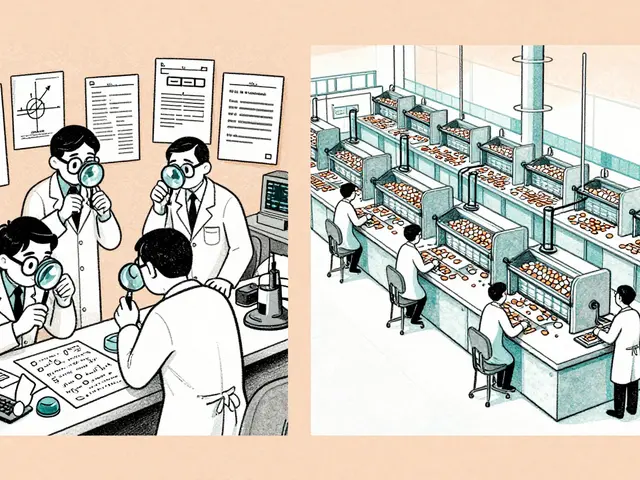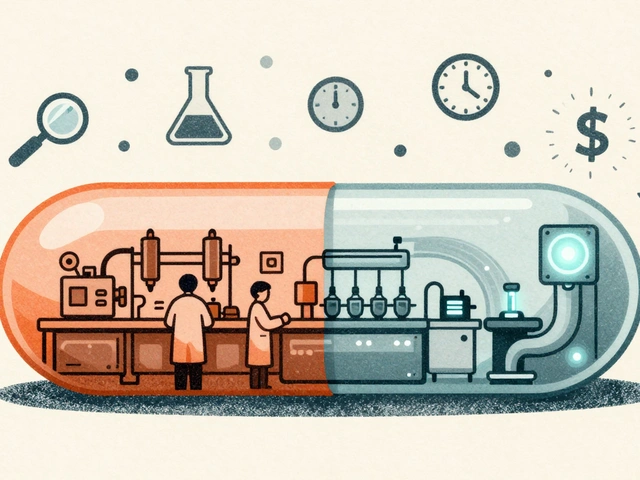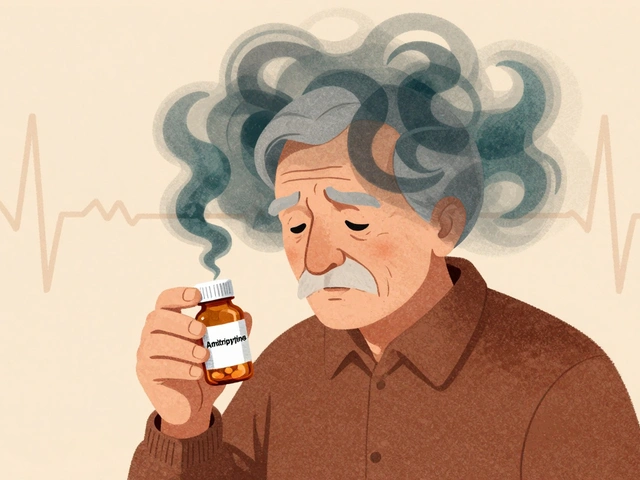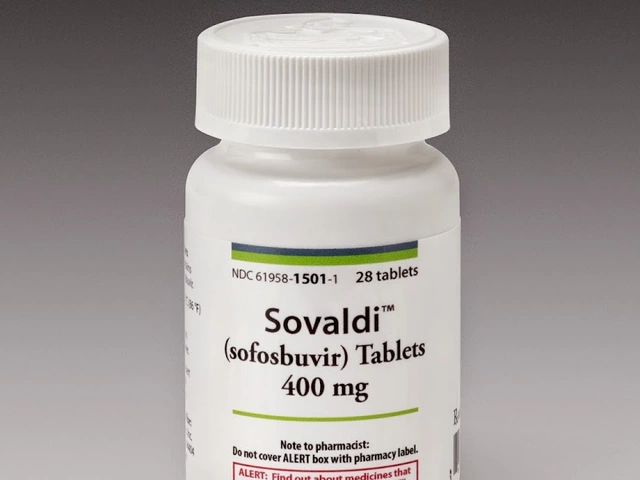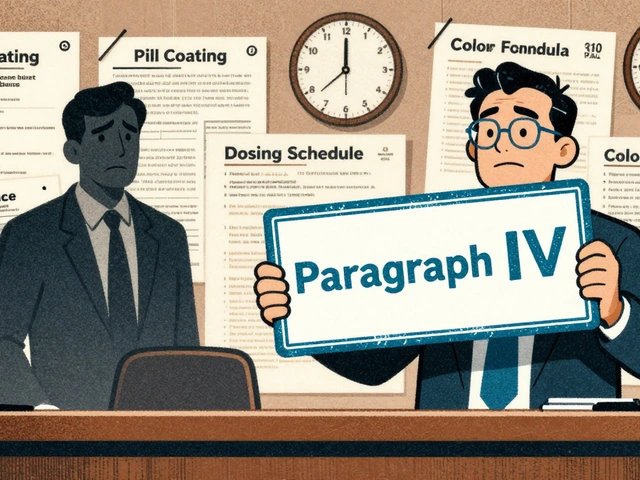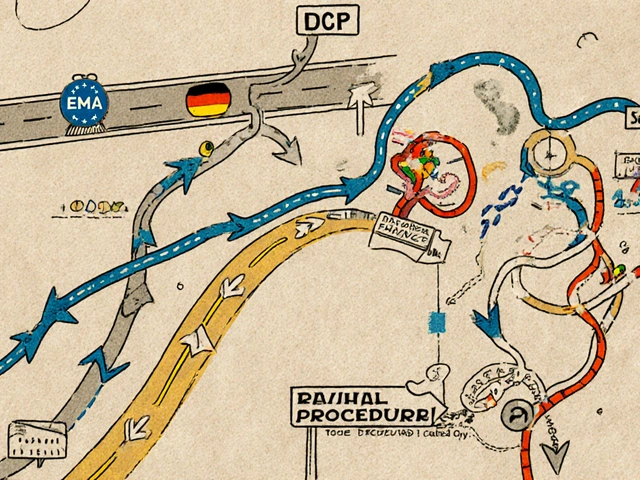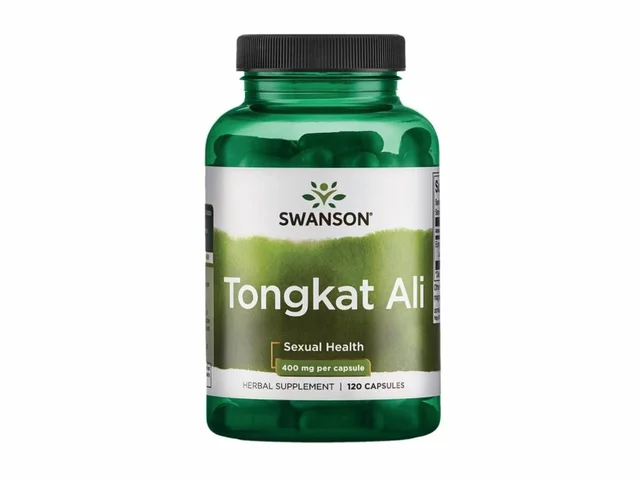Secondary Hyperparathyroidism: What It Is and How to Manage It
When dealing with secondary hyperparathyroidism, a disorder where the parathyroid glands overproduce hormone because of low calcium or high phosphate, often due to kidney problems. Also known as SHPT, it can lead to bone pain, vascular calcification, and cardiovascular risk. Understanding the root causes helps you choose the right treatment path.
The most common trigger is chronic kidney disease, the gradual loss of kidney function that disrupts calcium and phosphate balance. CKD reduces the kidneys' ability to activate vitamin D, which in turn raises parathyroid hormone, the hormone that controls calcium levels in blood and bone. The chain goes: CKD limits active vitamin D, active vitamin D falls, PTH shoots up, and the bones start losing mineral density. This cause‑effect link is a classic secondary hyperparathyroidism scenario.
Elevated phosphate is another driver. When kidneys can’t clear phosphate, blood levels rise, prompting the parathyroids to work harder. Phosphate binders, medications that attach to dietary phosphate in the gut, preventing its absorption are a frontline tool. By cutting the phosphate load, these binders lower the stimulus for PTH secretion and help protect bone health. Common binders include sevelamer, calcium acetate, and lanthanum carbonate.
Treatment doesn’t stop at binders. Calcimimetics, drugs that make the parathyroid cells think calcium levels are higher than they are such as cinacalcet, directly suppress PTH production. Vitamin D analogs (calcitriol, paricalcitol) restore the hormone that kidneys can’t make, further reducing PTH drive. Lifestyle tweaks—low‑phosphate diet, adequate calcium intake, regular dialysis for end‑stage patients—round out the plan. The goal is a balanced calcium‑phosphate environment that keeps the parathyroids calm.
Below you’ll find a hand‑picked collection of articles that dive deeper into the medicines mentioned, compare brand‑name and generic options, and give step‑by‑step buying guides for drugs like cinacalcet, vitamin D analogs, and phosphate binders. Whether you’re looking for cost‑saving tips, safety checks, or a solid overview of how these treatments fit into the overall management of secondary hyperparathyroidism, the posts ahead have you covered. Keep reading to get practical advice you can apply right away.


